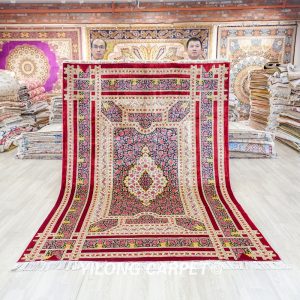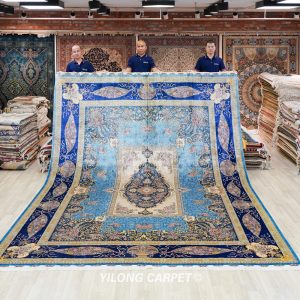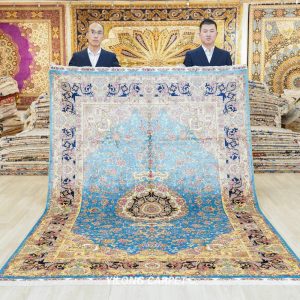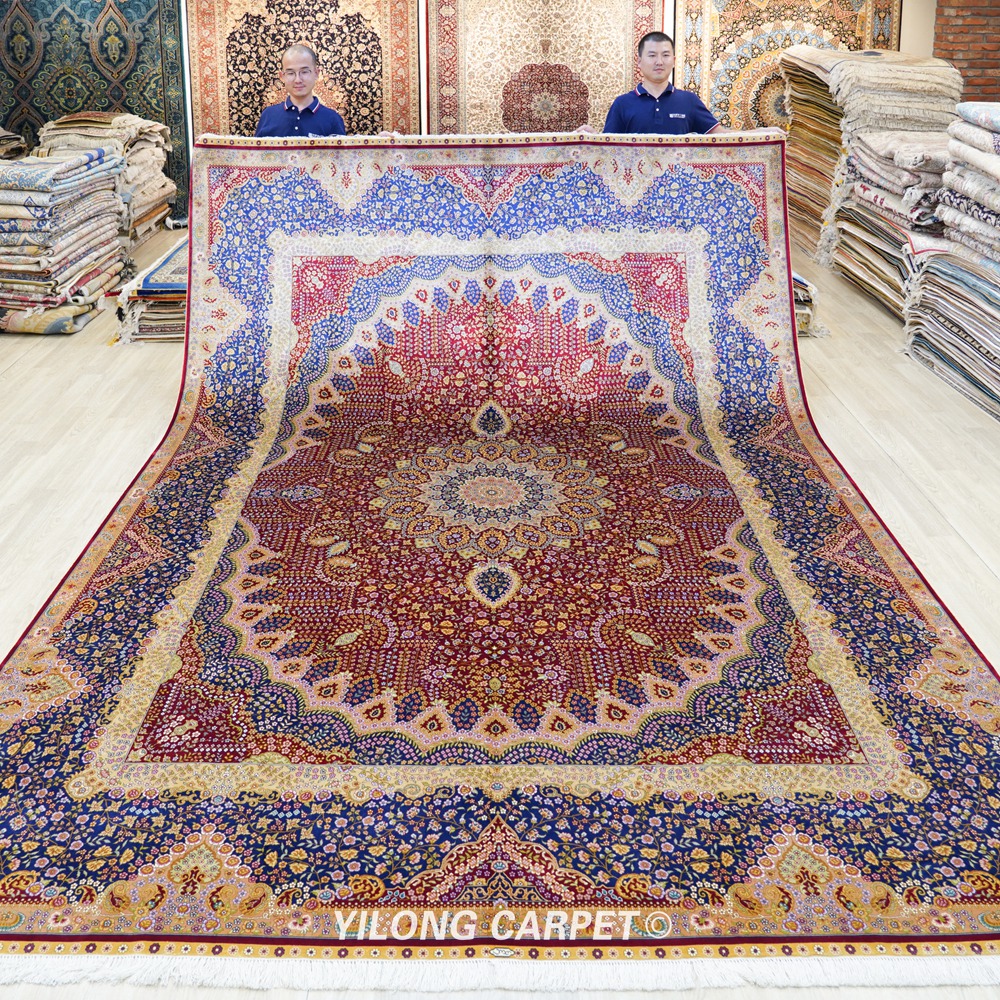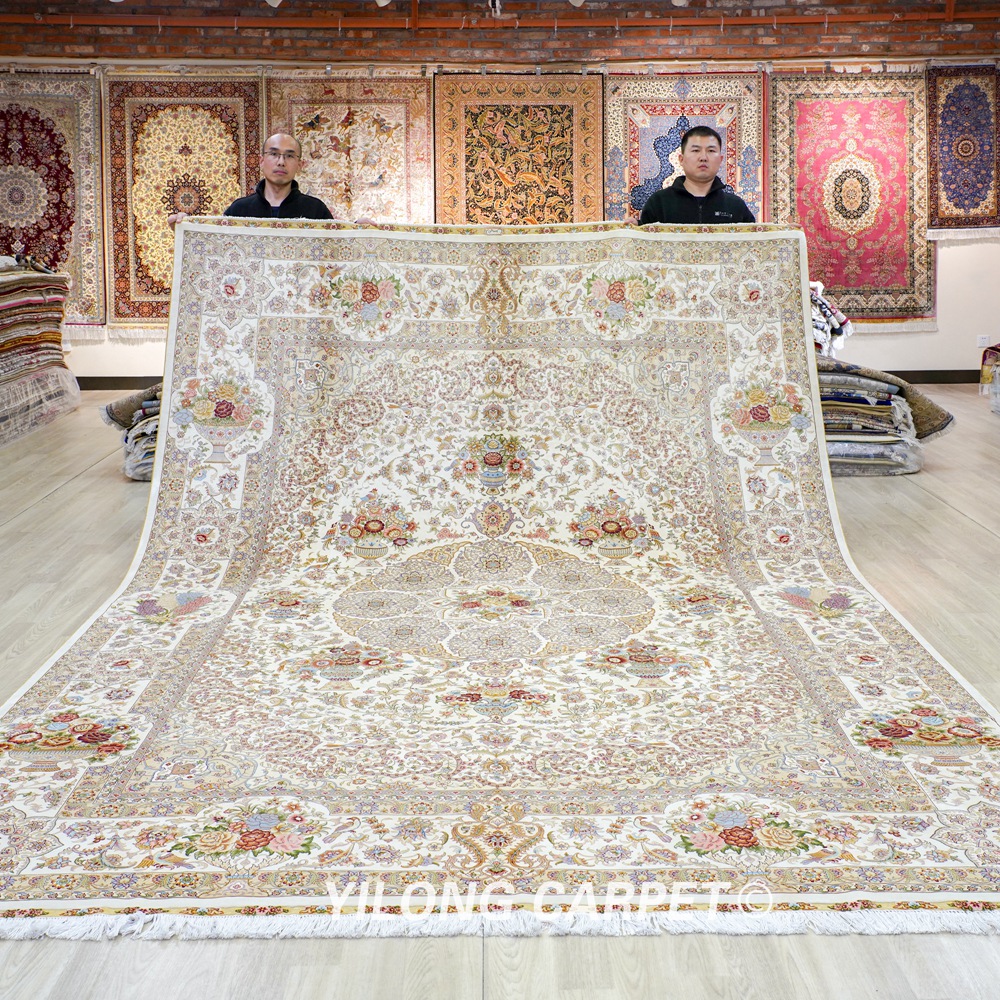Today we are going to pack a batch of very beautiful handmade silk rugs and send them to Canada.
Canada is located in North America and is a country with many immigrants. The customs and habits of many different ethnic groups blend here, so handmade silk carpets of different styles are also popular here. For example, the rugs we are packing today range from traditional Persian patterns and Turkish rugs, as well as handmade tapestries of religious and contemporary motifs.
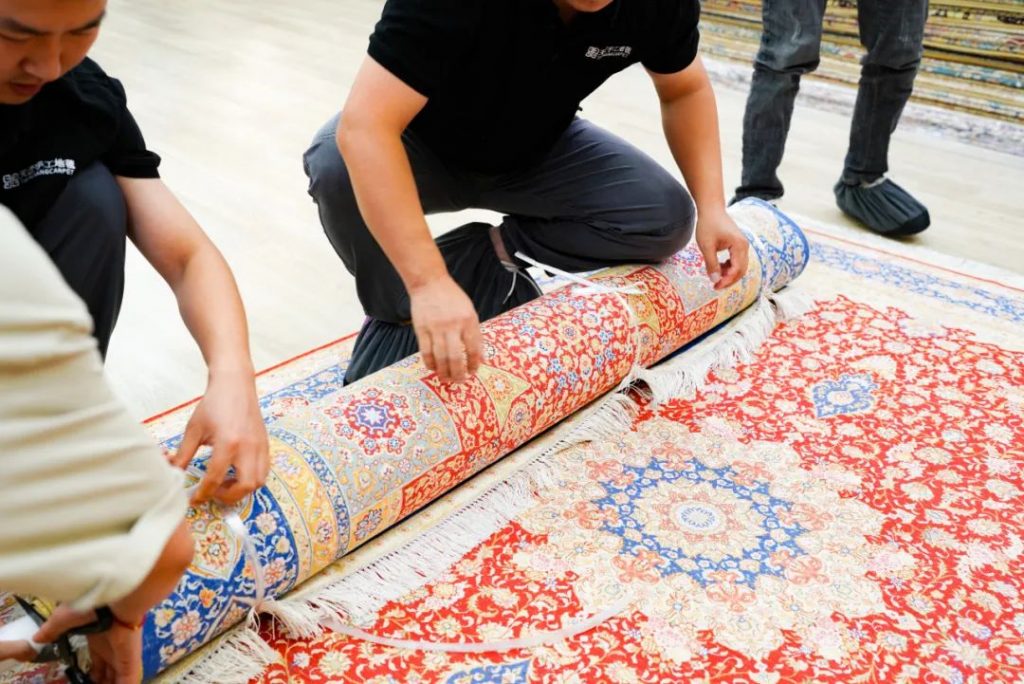

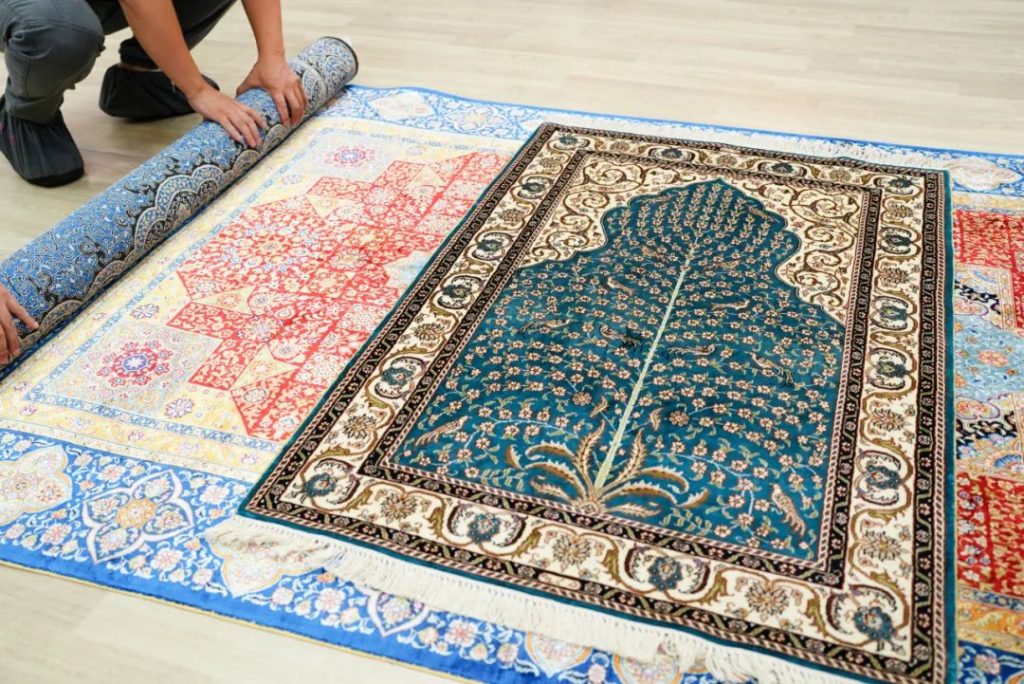
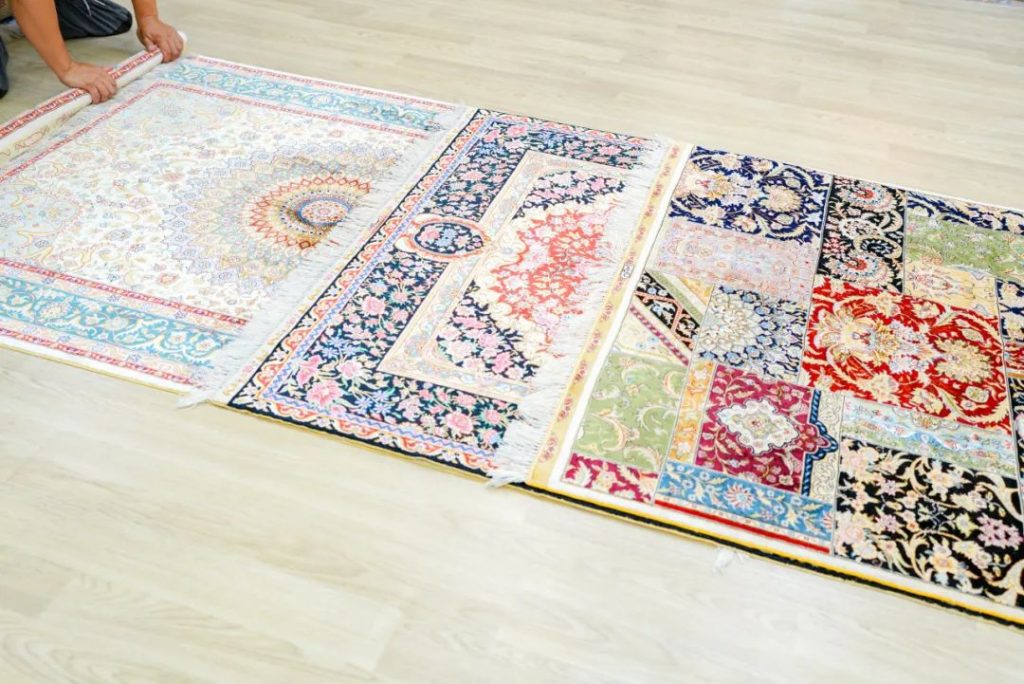
Persian-style carpets are the style with the largest stock reserves in the Yilong silk carpet exhibition hall. This style is characterized by dense plants and flowers, the composition is meticulous and rigorous, and the branches and leaves of vines are a graceful and delicate feel.
It is worth mentioning that although many elements in Persian carpets come from China, there is an obvious difference between Persian patterns and traditional Chinese patterns: the size of a pattern in Persian patterns is not very large in carpets of different sizes. The change. That is to say, in Persian patterns, if the size of the carpet increases, the number of basic patterns will be increased instead of enlarged; while in traditional Chinese patterns, the size of a pattern is often scaled according to the size of the carpet Therefore, the patterns of Persian carpets often give people the feeling of being dense, complex and colorful.
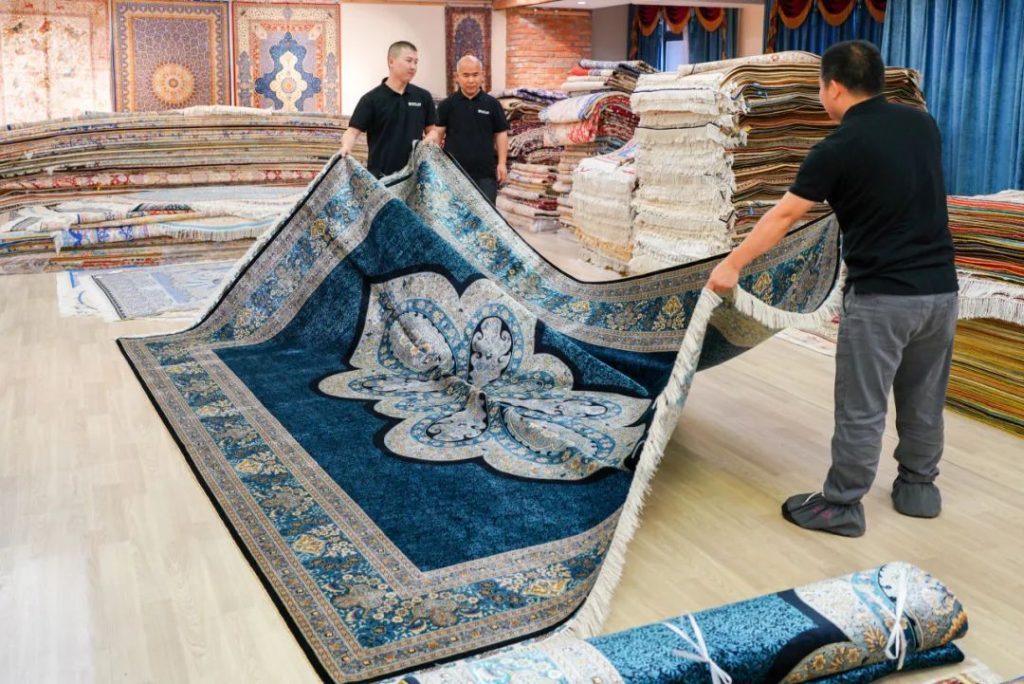
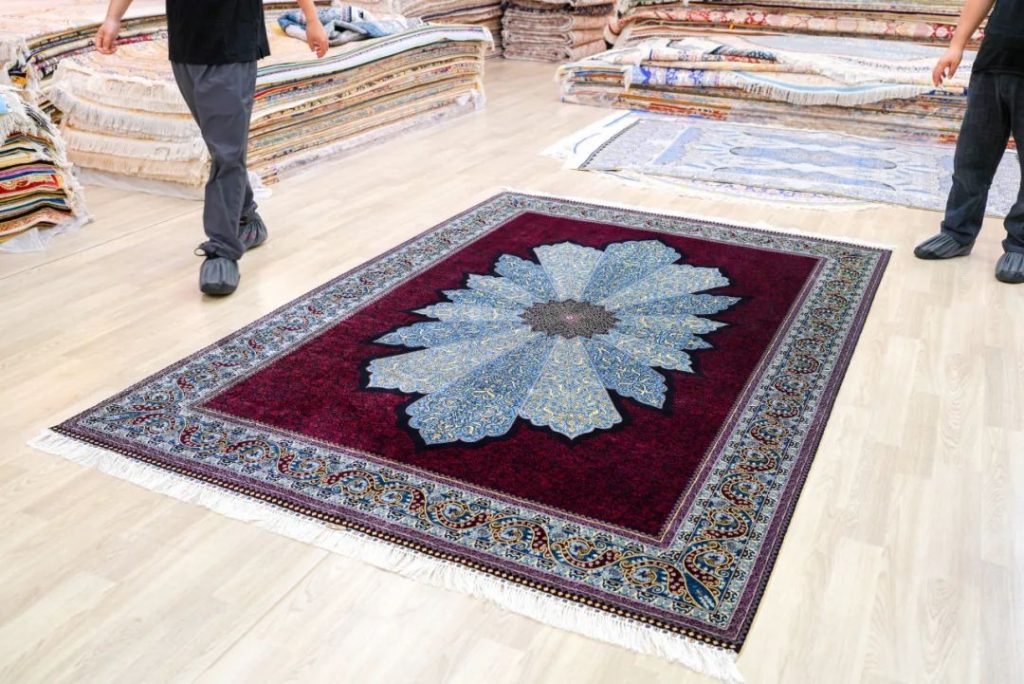
Turkish-style rugs have always been the "face" of our export products. This type of pattern is famous for its fashion and boldness and is very recognizable. There are not many colors but a clear sense of hierarchy and a full sense of design. It can not only be matched with traditional European and American decorations, and can be easily matched with the modern light luxury home environment that young people like, it has become more and more popular in the market in recent years.
What's even more rare is that Turkish-style rugs have been constantly innovating in design, with a large number of new designs emerging every year. As these new patterns fuse traditional elements with modern designs, the audience is gradually expanding. Many customers who only loved Persian-style rugs before began to try Turkish-style rugs slowly.
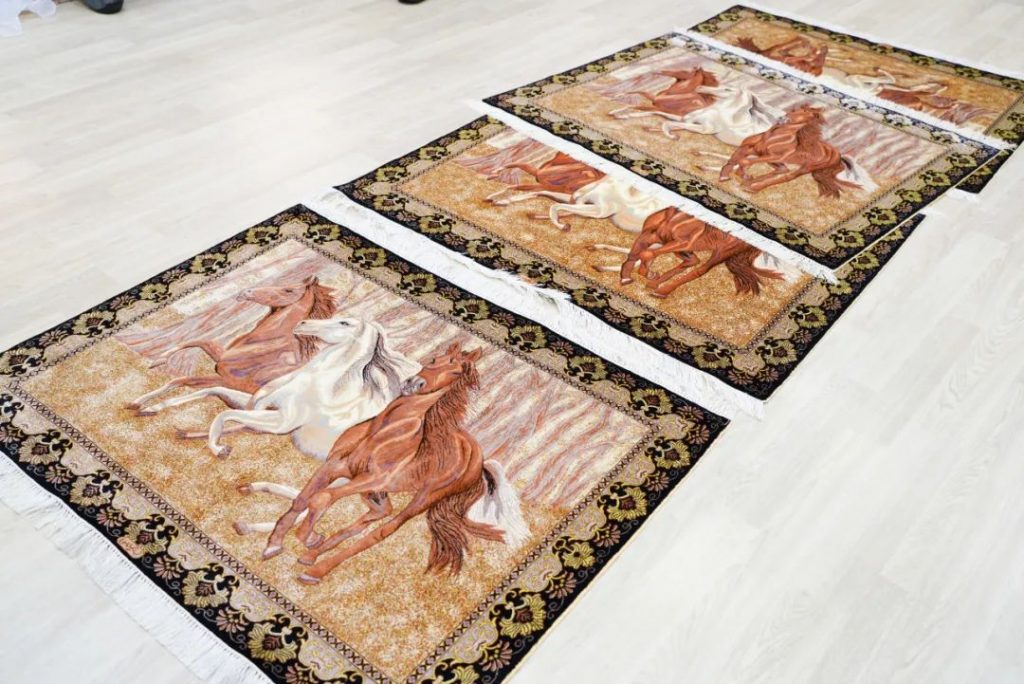
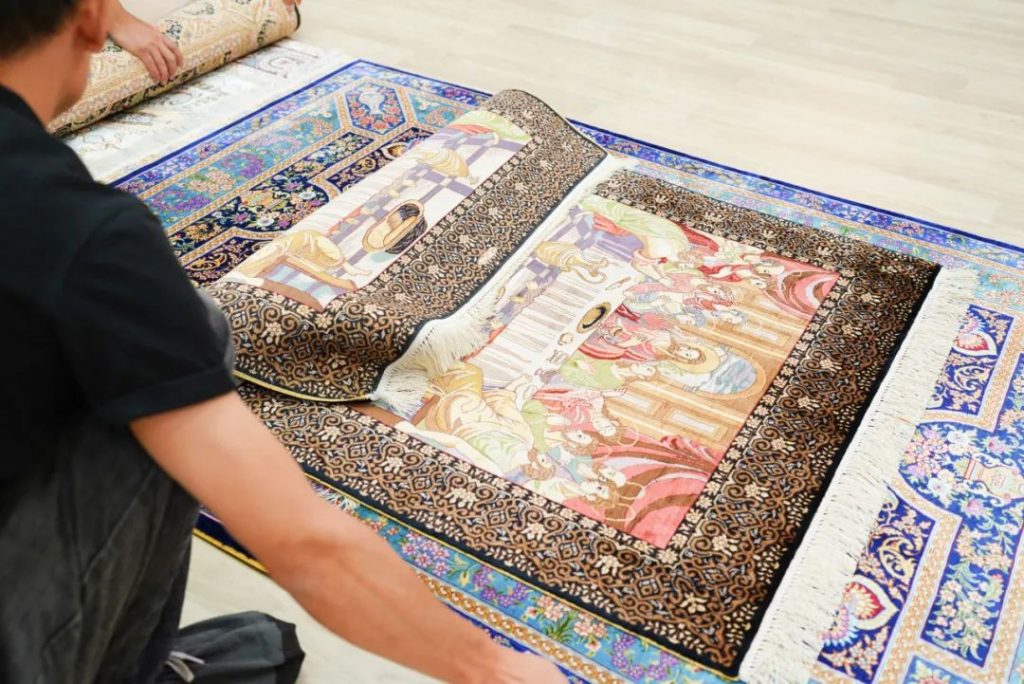
In addition to carpets, the Canadian client also selected some handmade silk tapestries, including several "horse pictures" and several handmade silk tapestries with religious shapes. Although these tapestries are not large in size, each one is completely hand-woven, which has both decorative and collection value.
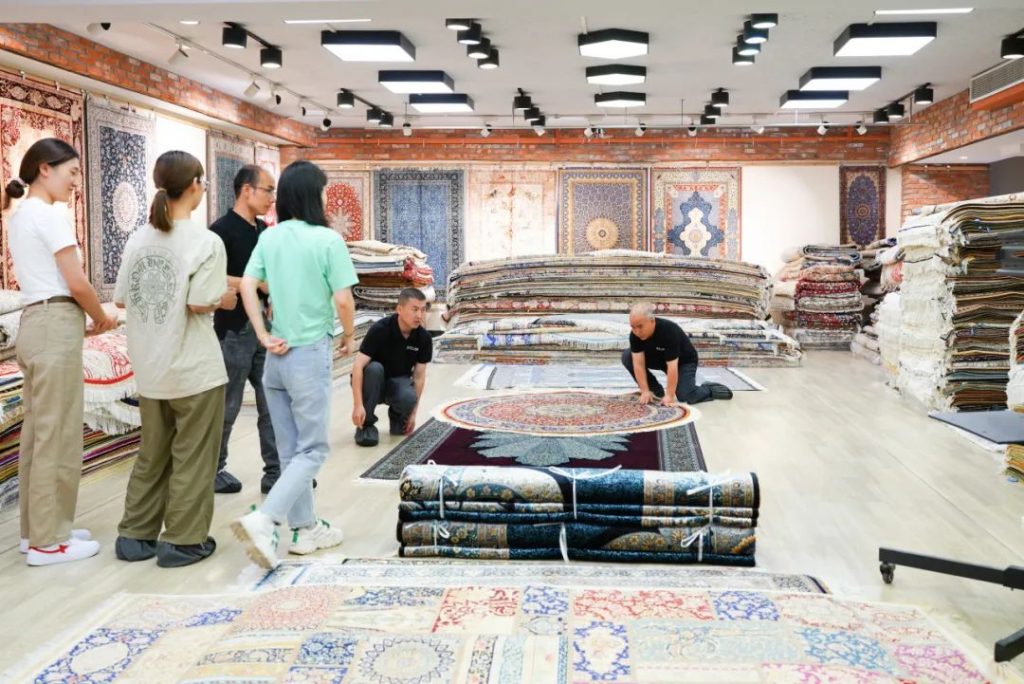
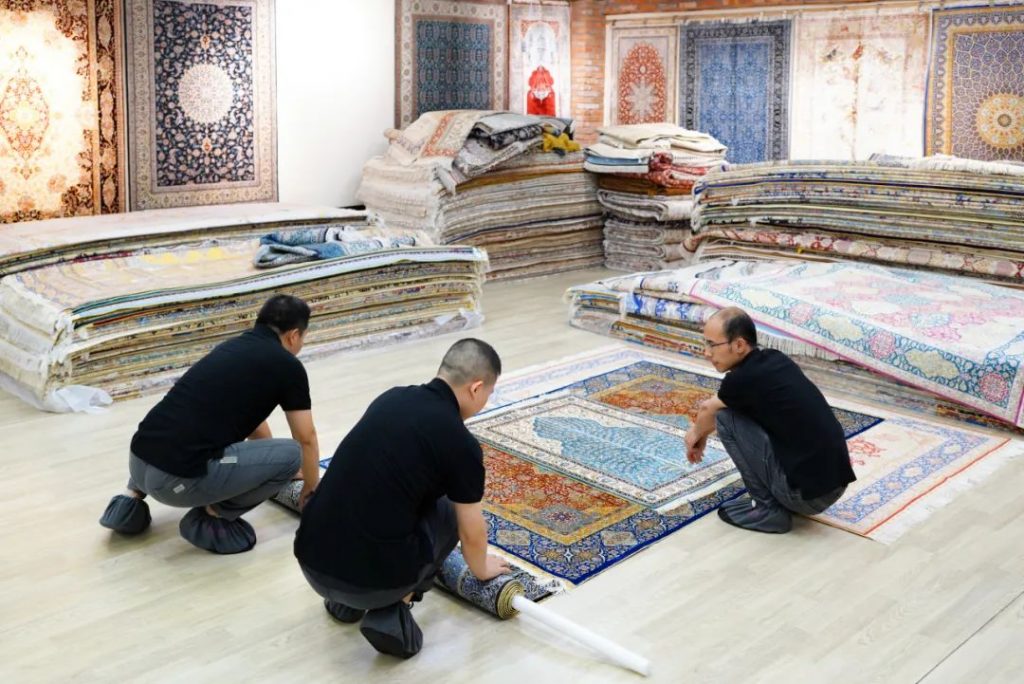
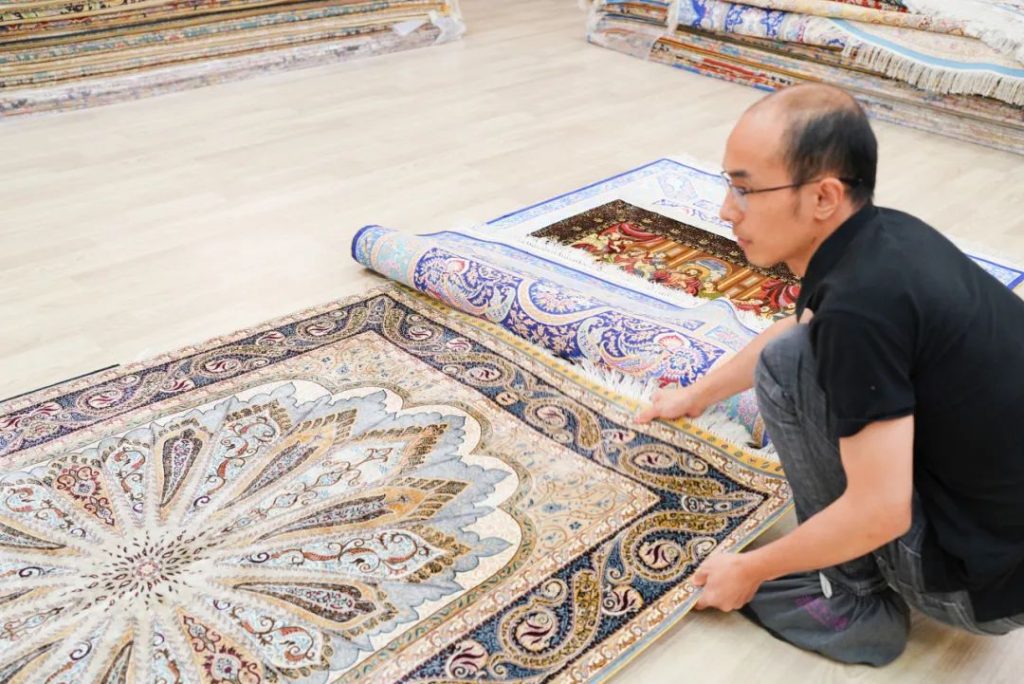
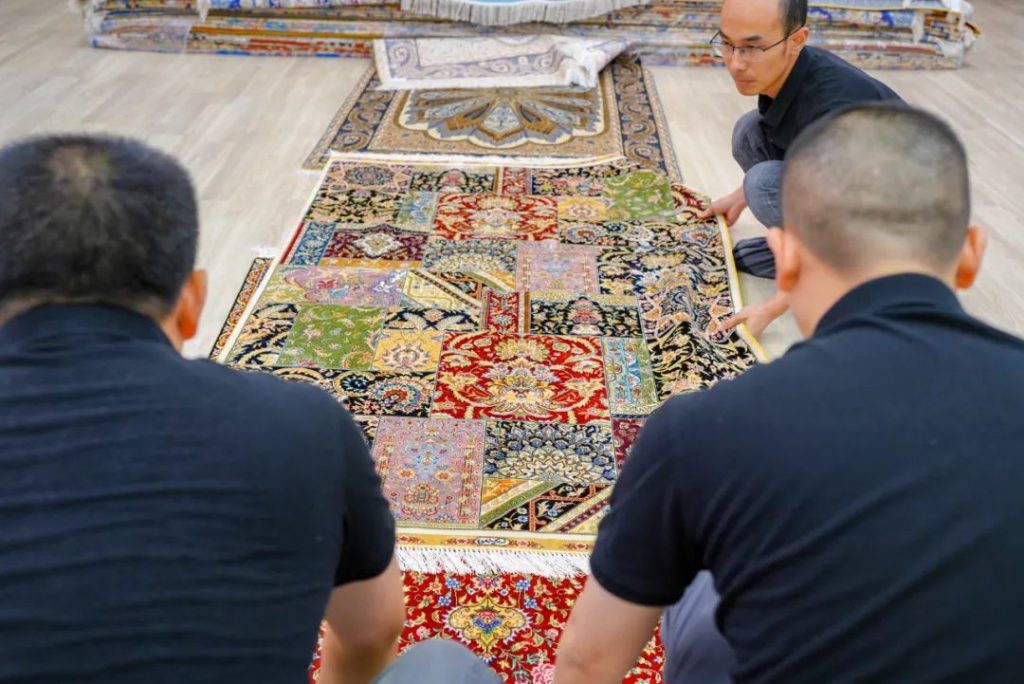
People who have never used handmade silk rugs will always wonder: "It's just a rug. You can buy ordinary polyester, nylon, or cotton and linen cheap machine-woven rugs. Why spend a lot of money on such expensive handmade silk rugs?" What?" But what they don't know is that an irreplaceable advantage of handmade silk carpets is that they don't require a lot of effort to maintain, and just a little daily care can make the carpets effective for many years.
Moreover, in the production and weaving process of handmade silk carpets made of natural raw materials, the only tools needed are looms, rakes, and a pair of small scissors, and there is no need to add any glue or chemicals to bond them into carpets, so there is no need to worry about harm to the human body during use. harmful. This advantage seems simple, but in fact, it is very rare, especially in the current era of "technology and hard work" everywhere, simple, natural, healthy, and original products are too scarce.
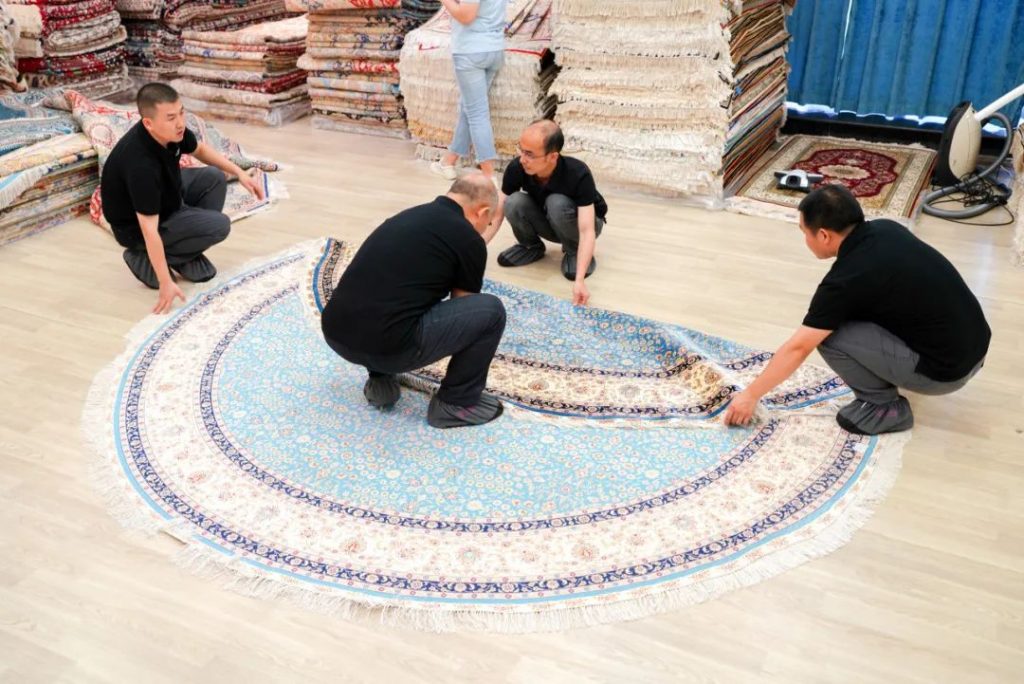
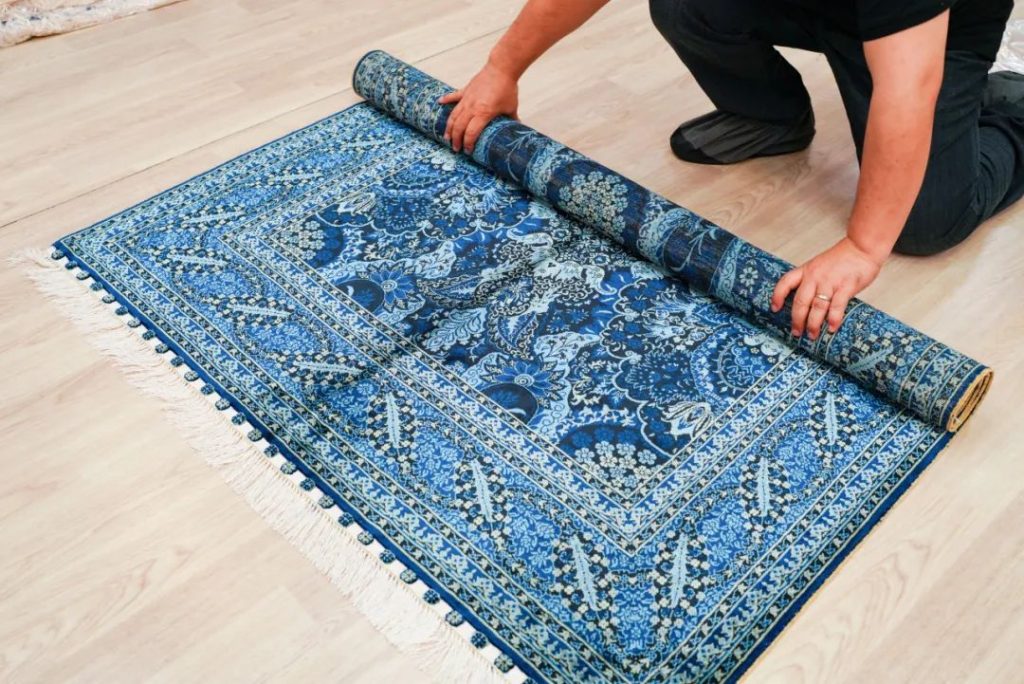
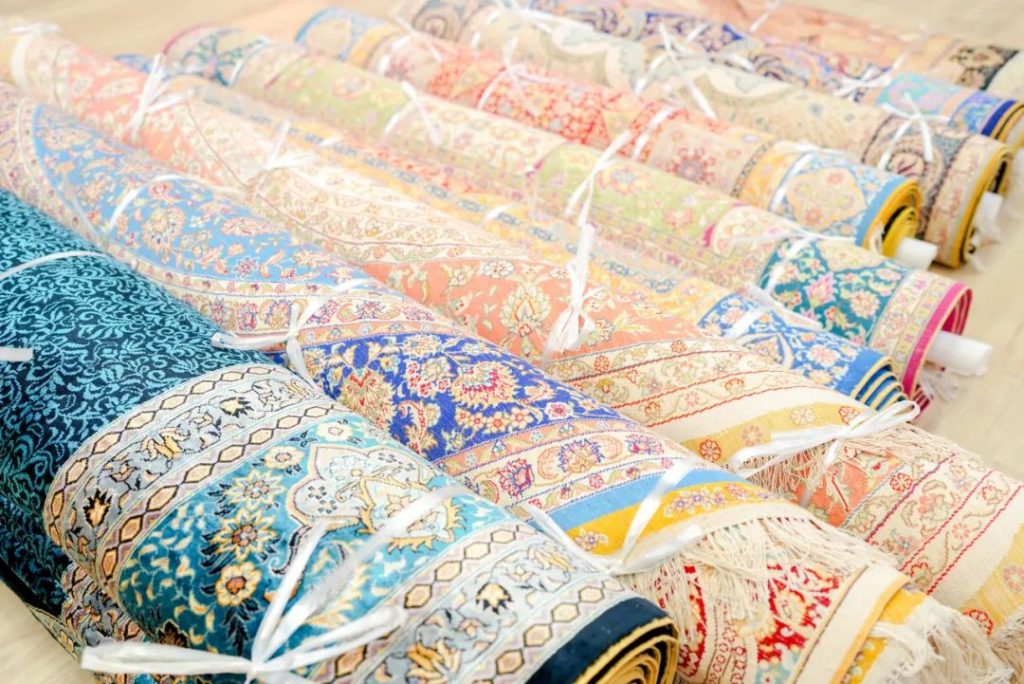
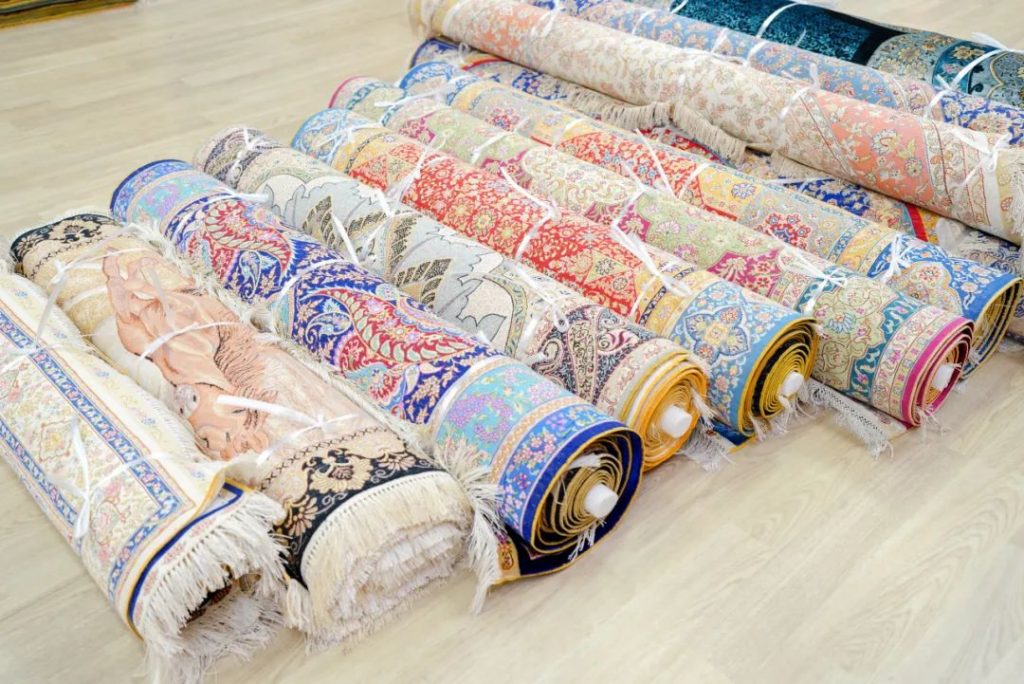
In addition, handmade silk rugs have a charm that other ordinary rugs cannot match, that is, no two handmade silk rugs are exactly the same. This makes it extremely collectible and investable. Some people regard it as property equivalent to cash, which can be circulated like gold, jewelry, and jade. So it's no wonder that it has gained the favor of so many people from different countries around the world.

